دانلود کتاب Psychology: Perspectives and Connections
Author:
Gregory J Feist Dr. (Author), Erika Rosenberg (Author)
0 (0)
توضیحات کتاب :
Just because we "think" something doesn't make it true.
سرچ در وردکت | سرچ در گودریدز | سرچ در اب بوکز | سرچ در آمازون | سرچ در گوگل بوک
1,774 بازدید 0 خرید
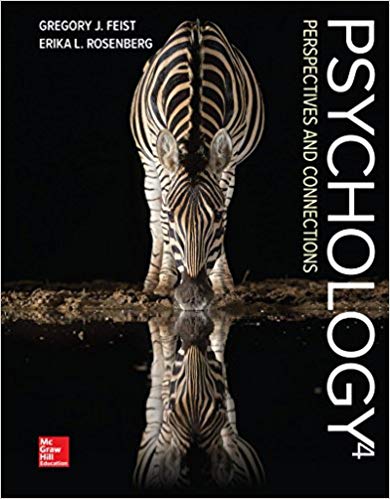


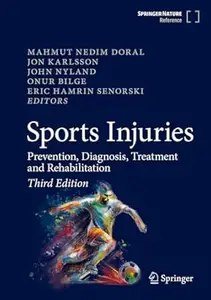
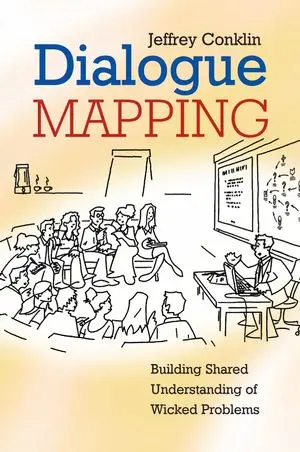

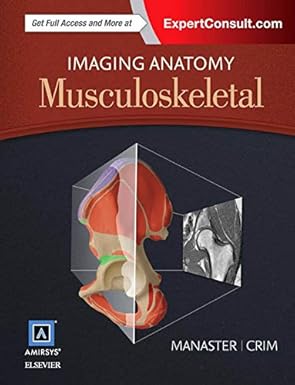
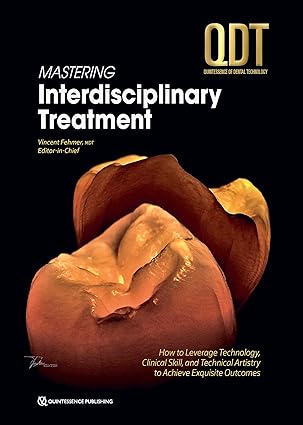
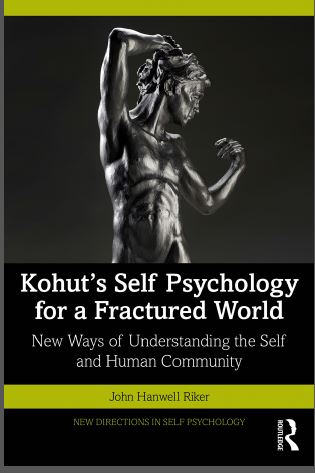

![Clinical Management of Swallowing Disorders (6th Edition) [2025] - Orginal Pdf Clinical Management of Swallowing Disorders (6th Edition) [2025] - Orginal Pdf](https://dl.libsan.ir/images/1/12/Clinical Management of Swallowing Disorders_68fdc2997972e.webp)